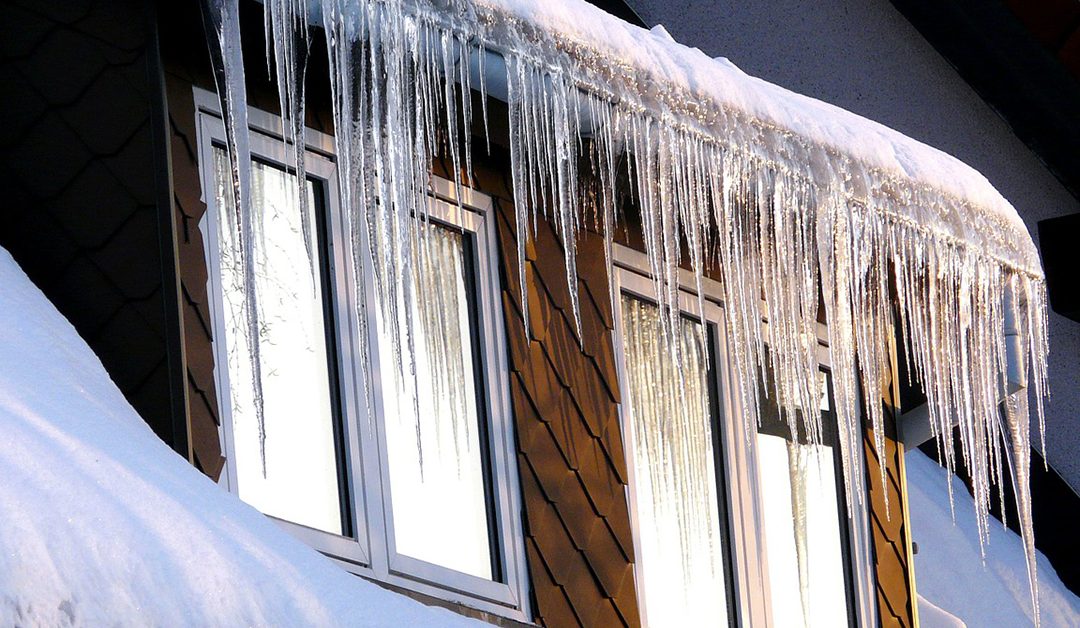I saw the situation over and over again when I worked for the emergency repair service in Canada: a customer calls in because of a leak, we assess the roof, and it requires a full replacement. It’s the end of October and the homeowner asks if this can wait until spring. Intuitively, roofing in the winter doesn’t seem to be such a good idea, right? Let’s sort this out by looking at three components that affect the final result: the human factor, the tools’ capacity to perform, and the shingle product itself.
First, there are human beings that will work on that roof. Not robots. Morale in roofing is very important, as it is in many other trades—when people hate their job, they cut corners. Especially if those corners can make them go home faster! Starting the day shoveling and ice-breaking on the roof doesn’t help the morale of the crew. Nevertheless, it is imperative to install on an “appropriate substrate”—and snow and ice are not on the list. We need to reach the bare deck, especially in new construction. Any kind of precipitation will render the slope slippery, adding to the level of hazard and reducing the speed and comfort of the workers. The temperature is not to be neglected, as roofing is very physically demanding. Would you run a marathon carrying 30 pounds of gear? Wearing a winter jacket, pants, boots, hat, etc., can add another 15 pounds to your body weight. Because of the need to use your fingers precisely and bend your toes, a contractor can only wear small gloves and boots. For most roofers, it is uncomfortable below freezing and impossible below 20°F.
Second, the roofing crew uses many different tools. Some of them aren’t affected by temperature, but some, like compressors and nail guns, can be affected. When compressing and releasing the air in your system, humidity will turn into water. If the temperature is freezing, the water may freeze in the airlines and reduce the airflow that the installer receives on the roof. Nails need to be installed flush with the shingle, not overdriven or under driven. When the airline is obstructed by ice, nails may not be pushed as deep as they should, which introduces a risk for under driven nails. This situation will require extra attention from the roofer to constantly set the depth adjuster on the gun and from the crew to monitor the presence of humidity or ice in the system.


